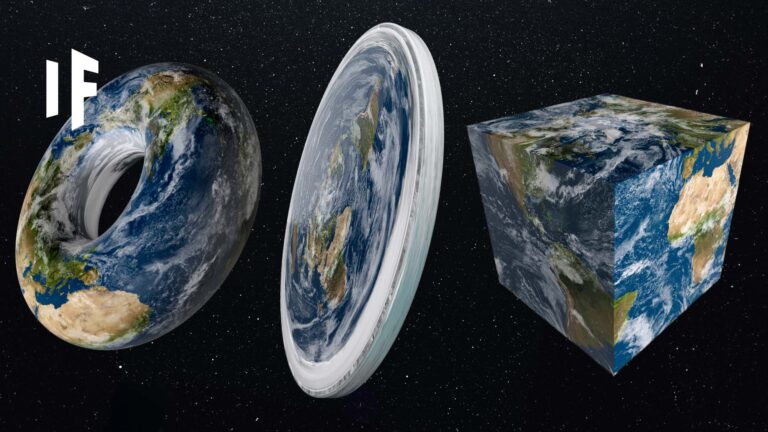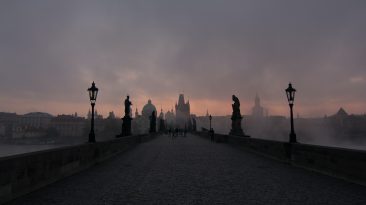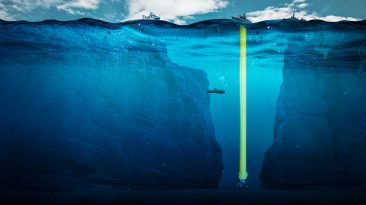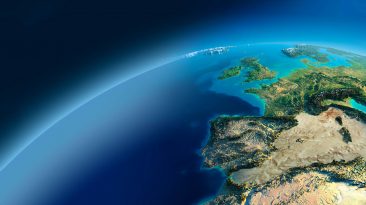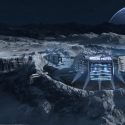From a world shaped like a giant donut to a planet with the sharp edges of a perfect cube, changing the shape of Earth would dramatically alter how we live, move, breathe, and survive. While most of these shapes are either purely theoretical or break the known laws of physics, they provide a fascinating glimpse into what life might be like on a planet completely unlike our own.
Here are seven of the strangest and most extreme shapes Earth could take, and how each one would transform the environment, the climate, and the daily lives of everyone on it.
1. Donut Earth
Also known as a torus, a donut shaped Earth would change gravity across the surface. Depending on where you stood, you might weigh significantly less than you do now. At the poles, gravity would be moderate, but near the central hole, it would be much weaker, similar to what astronauts experience on Mars.
This strange shape would lead to extreme weather, unpredictable tides, and a Moon that might wobble in a figure eight path. While survival would be possible in some regions, much of the planet would be difficult to live on.
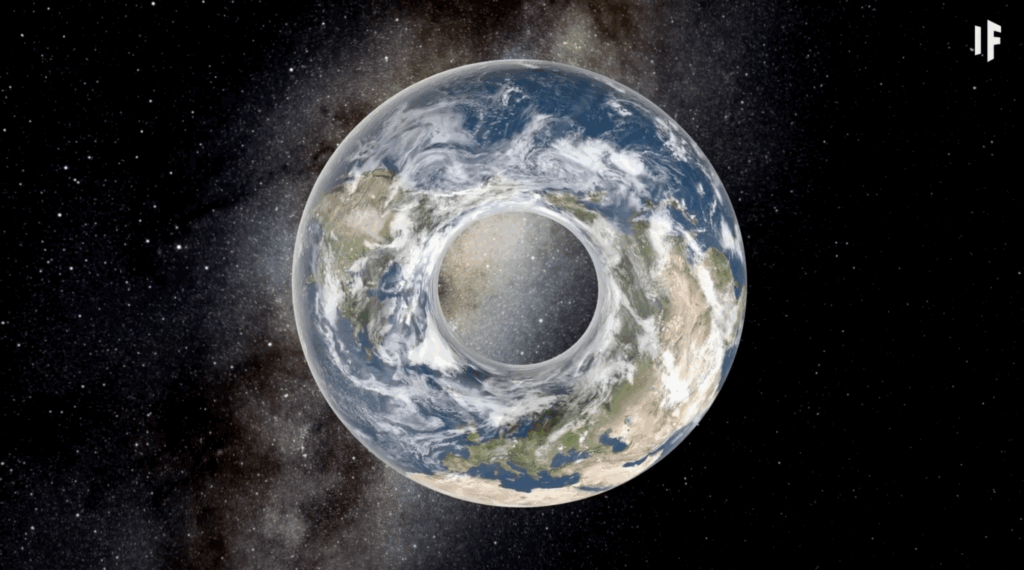
2. Dumbbell Earth
This version of Earth would look like two large spheres connected by a narrow bridge. Gravity in the connecting section would be very unstable. Volcanic activity would likely be severe in this region, and the structure itself could break apart. Life on either end of the dumbbell would be more stable, with regular gravity, weather, and air pressure.
Over time, the two ends could develop their own cultures, technologies, and even entirely different species. Traveling between them would be extremely risky.
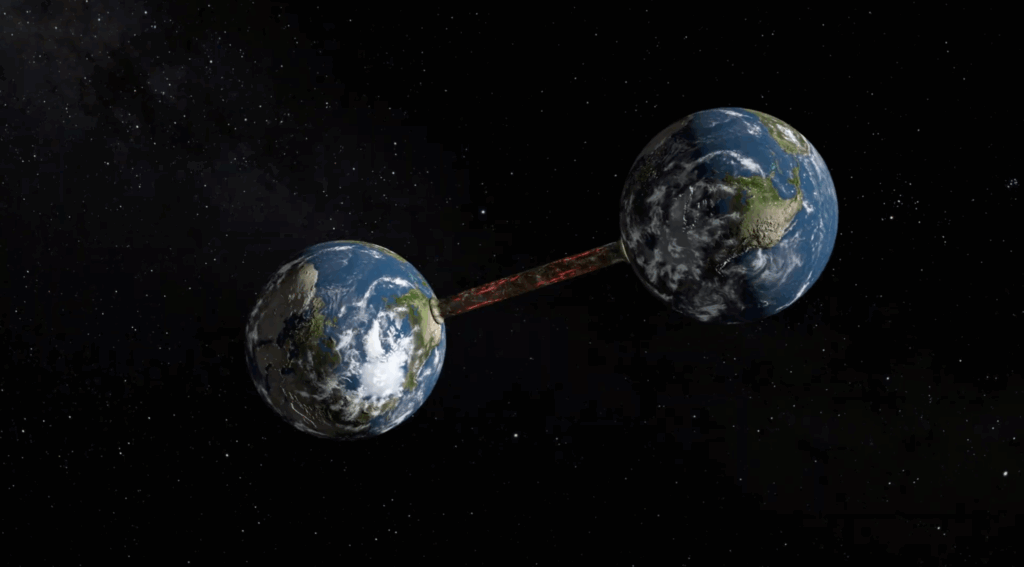
3. Egg Earth
An egg shaped Earth would still support life, but you would notice a few strange differences. Gravity would be stronger at the narrow tips of the egg and weaker along the wide middle. This would affect how buildings are designed and how people move. Weather patterns would shift too, with the equator likely having mild tropical climates and the poles experiencing even colder conditions than what we know now.
Overall, humans could adapt to life on an egg shaped world.
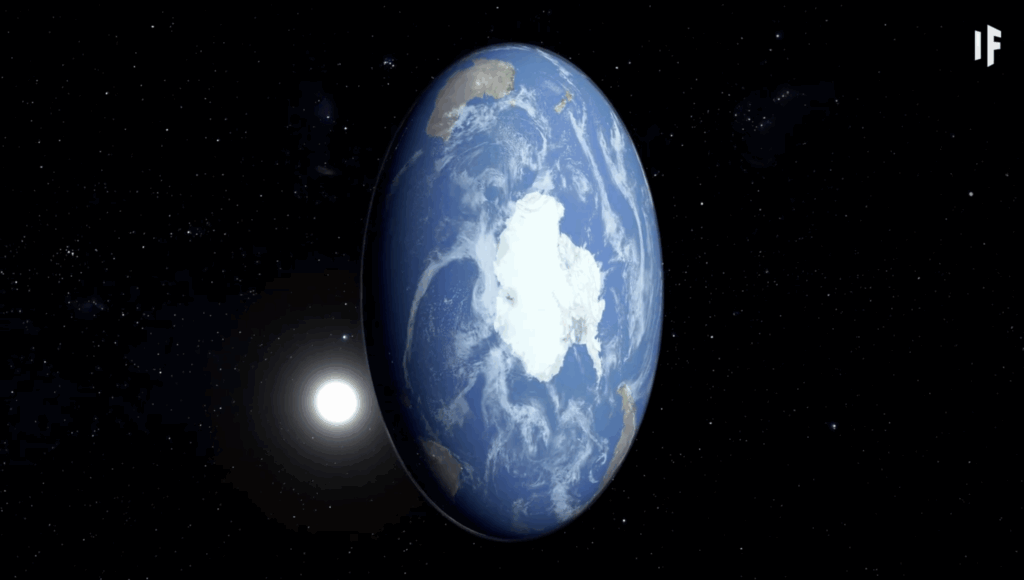
4. Flat Earth
Although some people believe in it, a flat Earth simply cannot exist. Gravity forces planets into roughly spherical shapes, so a flat planet would break the rules of physics. If such a shape were possible, the air would collect near the center, leaving the outer regions without breathable atmosphere.
The center would have crushing air pressure, and without a central core, the planet would have no magnetic field. That means no protection from solar radiation. Life could not survive.
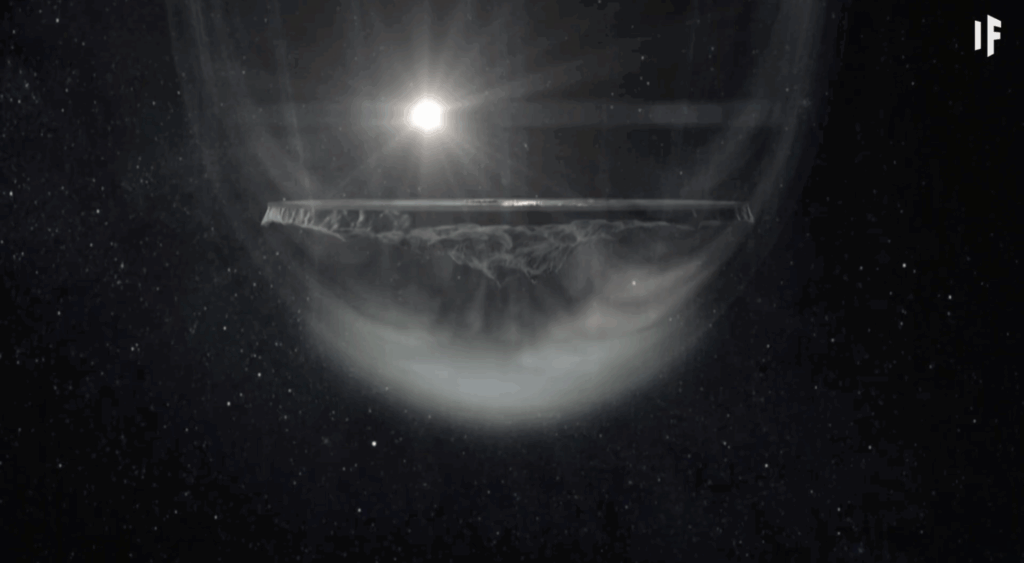
5. Cubed Earth
A cube shaped Earth would have six large flat surfaces. Gravity would be strongest at the center of each face, pulling water and air toward those areas. The corners and edges would be barren, rocky, and likely uninhabitable. Life would concentrate in the center zones of each face, with different ecosystems, climates, and possibly separate civilizations on each side. Because of the steep edges, traveling between the sides would be extremely difficult.
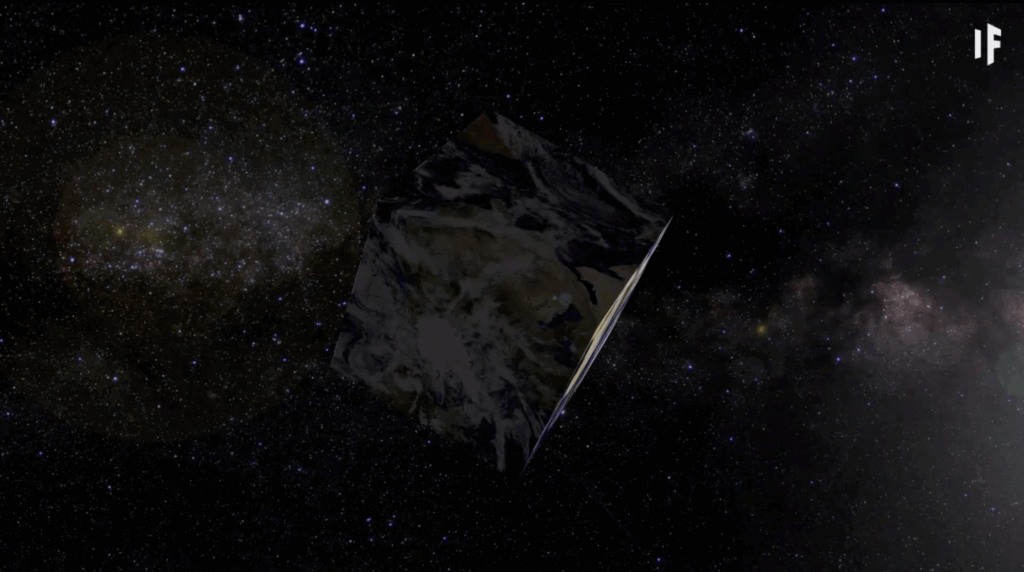
6. Hollow Earth
The concept of a hollow Earth is fascinating to imagine, but it would never work in the real world. Without a solid core, gravity would pull the planet inward until it collapsed under its own weight.
Even if the hollow structure could somehow hold together, the absence of a core would mean no magnetic field and no stable atmosphere. Solar radiation would pour in unchecked, and gravity would be so weak that people and objects could float off the surface and drift into space. Life as we know it would not be able to exist.
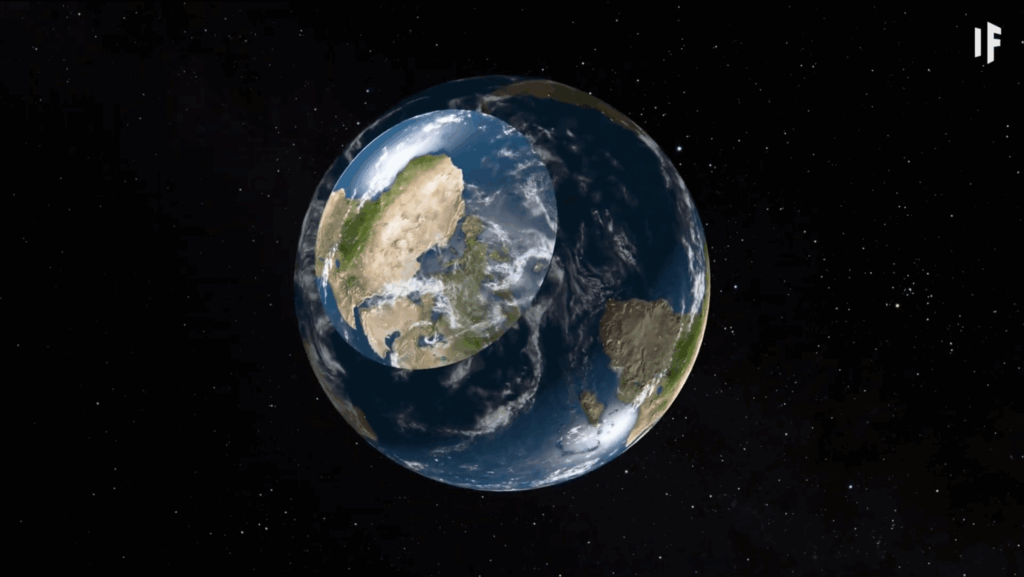
7. Alderson Disk
This concept is not a natural planet shape but a massive artificial structure. The Alderson Disk is a gigantic flat ring built around a star. It could be wide enough to support billions of people, but only a narrow strip in the middle would be habitable. The regions near the star would be too hot, and the far edges would be frozen.
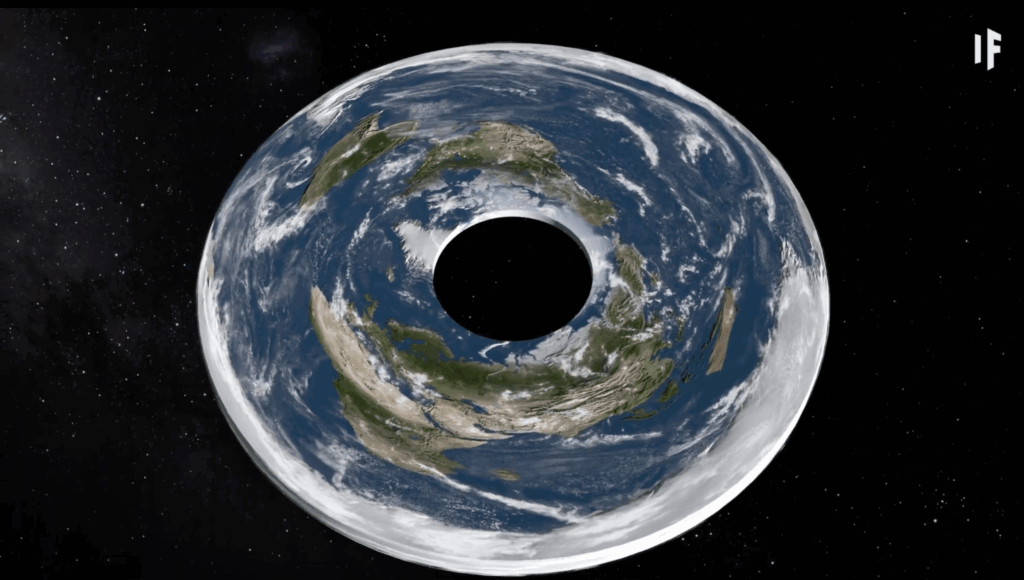
Building such a structure would require harvesting materials from several planets, making those worlds uninhabitable. And if the disk’s structure failed, it could collapse into a black hole.


